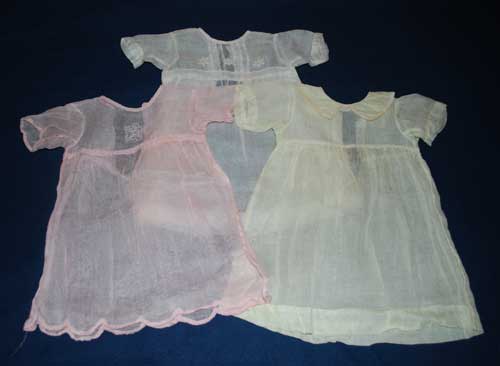Of legacies, memories and a good Samaritan
by Peter Tan. Posted on November 2, 2014, Sunday

MY mother was a bit of a hoarder, not the scary kind but of things that were of sentimental value to her. This can be seen from the things that she kept.
Among them were baby mittens she knitted for me, three tiny dresses made from pineapple fibre her mother hand-stitched for her and a rusty beat up cream crackers tin.
I brought these keepsakes along when I moved. Each item is a priceless gift from her. The dresses should be more than 80 years old now and are still in very good condition.
A blue plastic ice cream box has since replaced the rusty tin that held yellowed envelopes stuffed with old photographs, mostly black and white that were well preserved.
Just yesterday, I dug out the photographs for a book project I am working on. These were images of her taken through the years and dating as far back as the 1940s.
As I picked through them one by one, I tried to picture what life for her was like back then, piecing them together from the many stories she recounted whenever she was in a reminiscing mood.
When I was almost done with the sorting, I found several photographs of the time I was in the hospital, which opened another floodgate of memories. It was taken by the sister of a patient.
They had come all the way from Kuching for his treatment. Her name was Ah Moi. His name was Cheng Huat. I still remember them well after all these years because she was the most helpful person in the neurosurgery ward.
My mother did not know how to use the public payphone. Every evening, Ah Moi would accompany her to the lobby and help her make the call home to apprise my father of the situation.
She also seldom left the hospital. If she needed to buy something, Ah Moi would get it for her on the trips out to buy food and other groceries.
Most of us admitted to the ward were waiting for our turn in the operating theatre or recuperating from surgery. It was there that I witnessed people at their most vulnerable and human emotions at their rawest. Optimism and fear ruled our days.
We secretly cheered for those who were well enough to be discharged hoping that we could be next. On the other hand, someone could be there one day and gone the next. Uncertainties like that could wear down even the strongest.
There was a 10-year-old boy from Butterworth with an incontinence problem. He was accompanied by his mother. If his mother had not told us, we would not have known what was ailing him. He appeared healthy otherwise.
Typical of kids his age, he scampered all over the ward and would drop by my bed occasionally. His visits were welcome distractions from my anxieties.
I was immobilised by 16 pounds of iron pulling on my head. It was meant to realign my spine. The inability to move my head limited my sense of my surroundings. I heard more than I saw.
The occasional cries of a baby tugged at my heartstrings. My mother told me he had hydrocephalus, a condition where the head is enlarged due to abnormal fluid accumulation inside the skull. He seldom, if ever, had any visitor.
When I could sit on a wheelchair after surgery, my mother pushed me to his crib. My heart ached seeing him in that condition. The hospital must have been the only home he had ever known.
I reached out to stroke his tiny hand. He grabbed my finger. At that instance, we connected, the little one and I. Tears welled up in my eyes. That was the first and the last time I saw him.
I never knew what happened or where he was taken to after that. I did not want to know. I feared the truth. For days after that, I was expecting to hear his shrill cries. That would have indicated he was still around.
My mother and Ah Moi kept in touch for a few years after my discharge from the hospital but eventually lost contact.
Sometimes, I think of her and her brother, wondering how they are both doing and how lucky my mother and I were to be blessed by her generosity at a time when we needed it most.
I would cherish an opportunity to thank her personally for making my stay in the hospital with my mother more bearable. My mother would have had a difficult time coping had it not been for her.
Now that I have given more thought to the belongings my mother left behind, I realise how they have enriched my memories. I am sure they did the same for her.
That was why she put so much effort into keeping them in good condition for so long. Those were the links to her past and the people she valued.
They have now become my links to the past. I hope I can preserve them as well as she did, especially the pineapple fibre dresses and the old photographs that evoked so much in me.
Comments can reach the writer via columnists@theborneopost.com.
Read more: http://www.theborneopost.com/2014/11/02/of-legacies-memories-and-a-good-samaritan/#ixzz3M9T0vNJX
